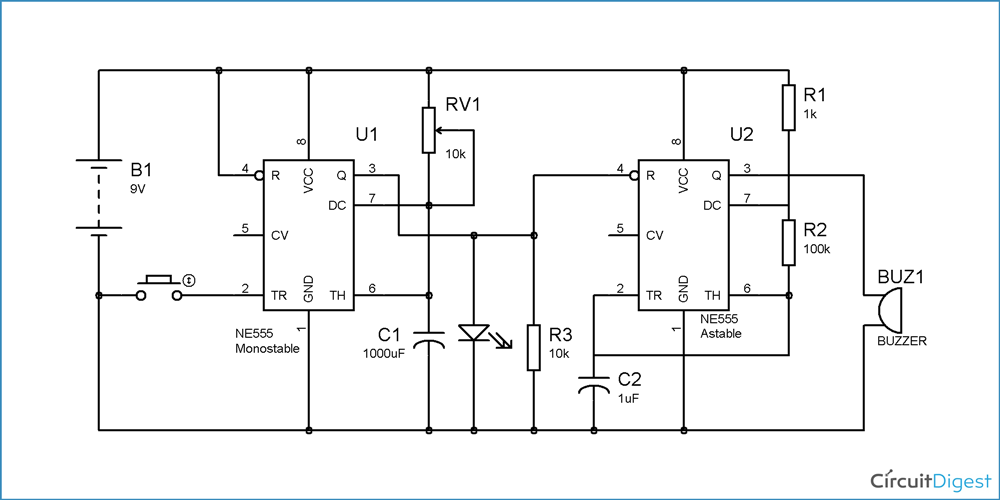Smart Doorbell Power Design – Low Voltage Guide

🔋 The Problem: Powering Smart Doorbells Efficiently
Smart doorbells typically operate at 3.3V or 5V, but many Indian homes provide 12V supply lines. Using basic linear regulators (LDOs) can lead to overheating, inefficiency, and unexpected resets—especially during power fluctuations. This compromises reliability and shortens component life.
🔧 The Solution: Efficient Voltage Conversion
The best way to reduce voltage without losing energy as heat is to use a buck converter. It steps down voltage efficiently, maintaining stable output with minimal thermal loss. It’s compact, reliable, and perfect for smart home prototyping.
🏠 Practical Example: Apartment Smart Doorbell Fix
Imagine you’ve installed a smart doorbell in your apartment that runs on 5V logic (ESP32, camera module). You only have a 12V supply available. Connecting it via an LDO regulator makes the system heat up and possibly reboot under load.
Switching to a buck converter ensures cooler operation and better longevity.
📐 Sample Calculation: LDO vs Buck
Input Voltage: 12V
Output Voltage: 5V
Current Draw: 500mA
🔻 Using LDO:
Power wasted = (12V – 5V) × 0.5A = 3.5W of heat!
🔻 Using Buck Converter (85% efficiency):
Input power ≈ 2.94W
Heat loss ≈ 0.44W – Much better!
🛠️ Product Suggestions: Made in India Components
To build this circuit, try these Indian-made parts:
🛒 Shop now at SmartXProKits.in
🇮🇳 Support our work and India’s innovation—buy from our Make in India site!




















